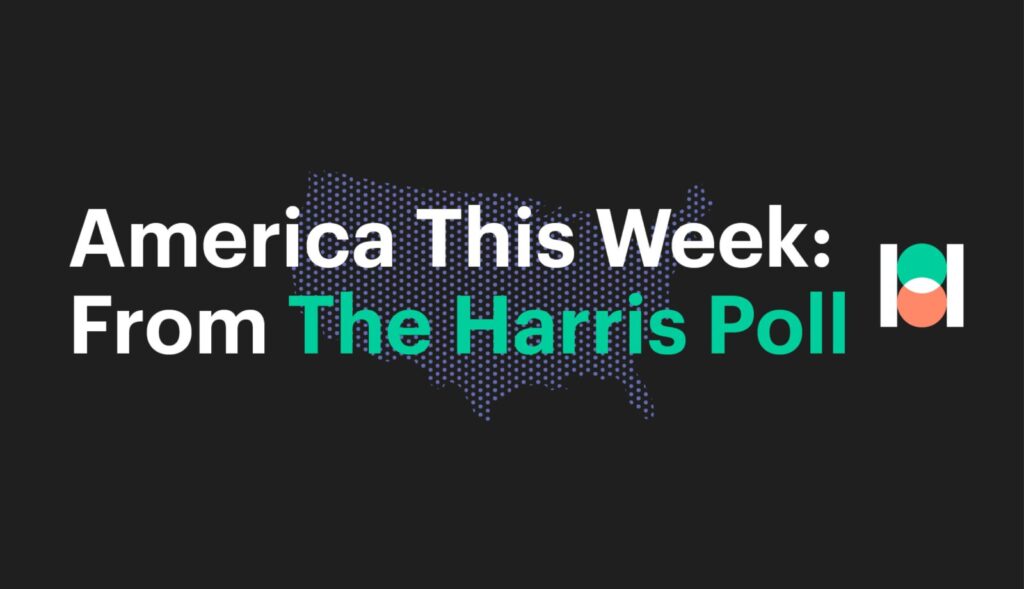Brief • 2 min Read

Keep your ear to the ground and listen for all the tweets and buzzes surrounding your business.
What Is Social Listening?
Social media is a powerful marketing tool that businesses should be taking advantage of. It taps into what your audience, and your potential customers, are saying about your brand, giving you invaluable information that you can use to further your marketing efforts. One way to strategically gather the data you need is to engage in social listening.
Social listening is the process of monitoring social media channels for mentions about your business and product, your competitors and your industry as a whole. It’s estimated that 224 million people use social media in the United States alone, so imagine if just a small fraction of that number is using their preferred platforms to talk about your business, you get a treasure trove of knowledge that you can then use to change your business for the better.
Let’s think about it in a different way. Imagine that your business specializes in contracting dog walkers and companions in major cities. As your business starts taking off, so does your social media presence. One day, as you’re browsing through your various channels, you notice a comment that says, “I love this service a lot, but I wish that they left more detailed feedback about my dog after their walks.”
Upon hearing this insight, it’s only natural to think to yourself, “does everyone feel that way?” So, you start asking your other followers about their thoughts on the matter to get a consensus on what they think. Based on what you hear, you start to make changes that people will actually like.
This is essentially what social listening is. It gives you a glance into the minds and opinions of your audience so you can make actionable changes to your company that will encourage people to buy from you.
What’s the Difference Between Social Listening and Social Monitoring?
As you start to get into the weeds of social media marketing, you’ll likely come across the term social monitoring. Even though this sounds like it could be similar to social listening, the two have a few key differences.
The main difference between social listening and social monitoring is that monitoring focuses on collecting mentions and listening is about pulling meaningful insights from the mentions you’ve collected. Social listening is a balanced, two-step process:
- Monitoring social media for mentions
- Analyzing the information you’ve gathered to make valuable decisions.
Essentially, social listening goes a step further to create formal action out of the noise.
Why Is Social Listening Important?
Social listening allows a company to gain useful insights from its consumers that otherwise may go unheard if they aren’t paying attention. You wouldn’t leave money on the table, that’s exactly what you would be doing if social listening wasn’t a part of your marketing strategy.
In addition to these reasons, this practice is good to incorporate into your marketing because:
- The expansion of social channels online and consumers providing feedback digitally is leading to the essential need to track consumer comments and experiences. Because of this, it’s not unheard of for companies to spend well over $100,000 a year on their social media and advertising monitoring tools and initiatives.
- Having a holistic view of your industry, your competitors and your own brand is key to providing unique and superior offerings. Social media analytics can lead to new marketing initiatives that can take your business to the next level as it did for Ocean Spray.
- Social listening not only uncovers ways to improve sales offerings. It also enhances customer service, online presence and advertisements. In fact, 82% of people expect immediate or near-immediate responses if they contact companies through social media. With attentive social listening and content monitoring, you could meet that expectation easily.
How to Use Social Listening in Marketing
To make the most out of social media, you have to develop and hone a comprehensive social listening strategy that can be easily replicated and modified for any situation.
- Start by focusing on the research: Continually refine the words, phrases and queries you’re tracking in order to be the most in-tune with your audience and what they are saying.
- Where you look is just as important as what you find: Always be on the lookout for new channels your audience is using. Reddit, LinkedIn, Quora or YouTube are great channels to uncover new digital listening insights.
- Prioritize your findings: Pull insights on what will have the greatest impact on your brand image and what’s most valuable to customers. The best way to do that is to pull continuous social listening reports that show the results you need to both serve your audience in the present and inform future marketing campaigns.
Remember, social listening is a learning process with the end goal of serving your customer the best way possible, an important part of your brand monitoring strategy. With QuestBrand, you can get additional brand monitoring insights to help meet your audience’s needs more quickly and efficiently. We’re excited to show you all that Harris Brand Platform can do for your brand – schedule a demo with us today!
Subscribe for more Insights
Subscribe to our newsletter for the latest trends in business, politics, culture, and more.
Related Content









